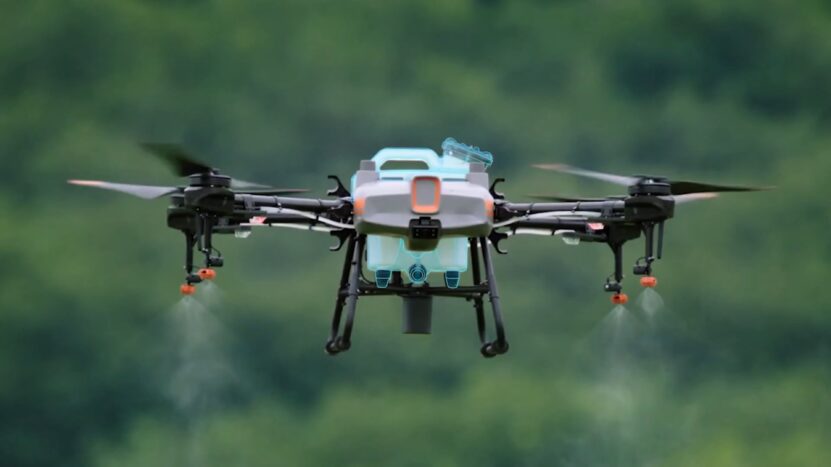Hey there! Ever looked up in the sky and seen those buzzing little machines hovering around?
Those are quadcopter drones, and they’ve been gaining immense popularity over the years. From capturing breathtaking aerial shots to delivering packages, these guys have found a myriad of applications in today’s world.
Fun Fact: The term “quadcopter” is derived from the fact that these drones have four rotors.
What Are They?
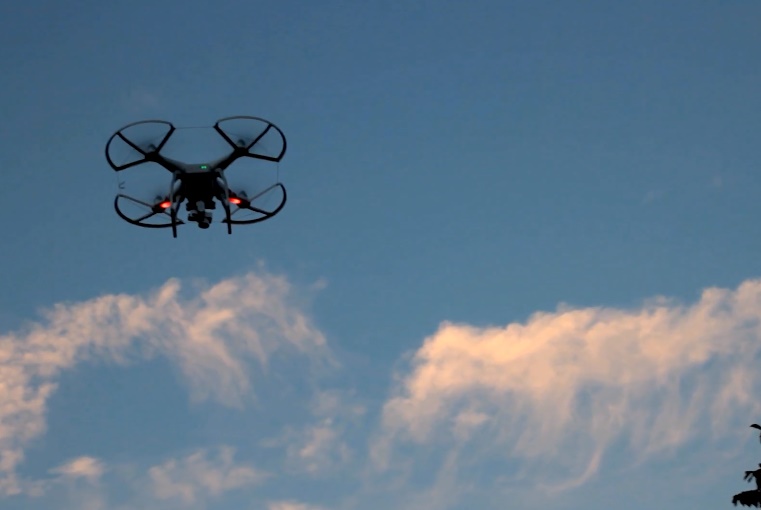
A quadcopter, often referred to as a quadrotor, is essentially a type of helicopter that operates with four rotors. These drones have been around for quite some time, but it’s only in recent years, with the rise of modern UAVs (Unmanned Aerial Vehicles), that they’ve become a household name.
| Component | Function |
| Frame | Holds all parts together |
| Motors | Drives the propellers |
| Propellers | Provides lift for flight |
| Flight Controller | Stabilizes and controls the movements |
| Battery | Powers the drone |
Pro Tip: Always ensure your battery is fully charged before taking it out for a spin!
How Quadcopter Drones Work
The science behind quadcopters is fascinating. Here’s a simple explanation:
- Principle of Flight: Just like birds, quadcopters rely on the principles of lift, thrust, drag, and weight. The rotors generate lift by spinning and displacing air downwards.
- Role of the Flight Controller: The flight controller is crucial for stabilization. It receives inputs from the pilot (or autonomous systems) and adjusts the speed of the motors accordingly.
- Adjustment of Motor Speeds: By varying the speed of its motors, a quadcopter can perform various maneuvers. For instance, to move forward, the rear rotors spin faster than the front ones, tilting the drone forward and propelling it in that direction.
| Principle | Description |
| Lift | Upward force produced by the propellers |
| Thrust | Forward force propelling the drone |
| Drag | Air resistance opposing the drone’s motion |
| Weight | Downward force due to gravity |
Fun Fact: Quadcopters have two rotors spinning clockwise and two spinning counterclockwise. This design counters the torque produced by each rotor, allowing the drone to hover stably.
Types of Quadcopter Drones
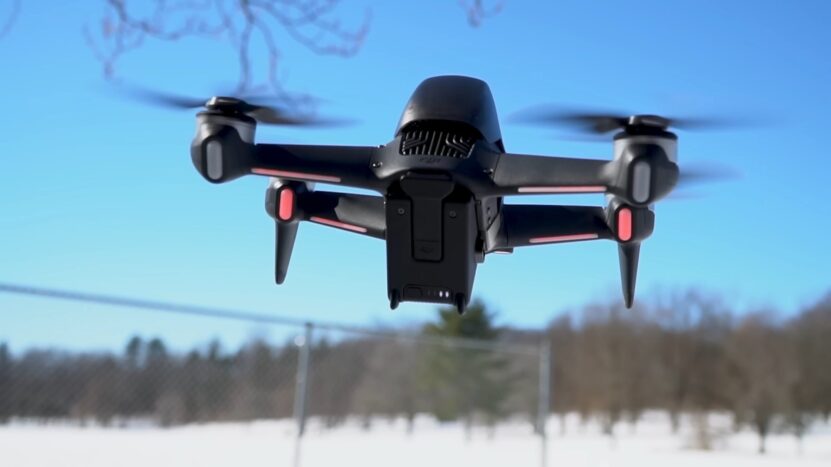
They have become a common sight in our skies, and their applications are as diverse as their designs. Let’s see the different types of drones and where they shine the brightest:
| Types | Primary Uses |
| Consumer | Recreation, Photography, Videography |
| Professional | Aerial Surveying, Mapping, Industrial Inspections |
| Racing | Competitive Racing |
| Military | Reconnaissance, Defense, Research |
Consumer
These are the drones you’ll often see hobbyists flying in parks or capturing stunning vacation shots. They’re generally easy to control, affordable, and come with features tailored for recreational use and photography/videography. Quadcopters, like the popular DJI Mavic series, fall into this category.
Professional
These are more advanced drones used for specific tasks like aerial surveying, mapping, and industrial inspections. They often come with specialized sensors and cameras to capture detailed data.
Racing
Built for speed and agility, these drones are used in drone racing competitions. They’re lightweight, extremely fast, and often require a good deal of skill to pilot.
Military and Research
These drones are designed for specialized applications, from reconnaissance missions to research purposes. They might be equipped with advanced cameras, sensors, and sometimes even defensive mechanisms. Also, military drones have a higher towing capacity than the regular ones.
Pro Tip: Always check the drone’s specifications and ensure it’s suited for your intended purpose before purchasing.
Advantages
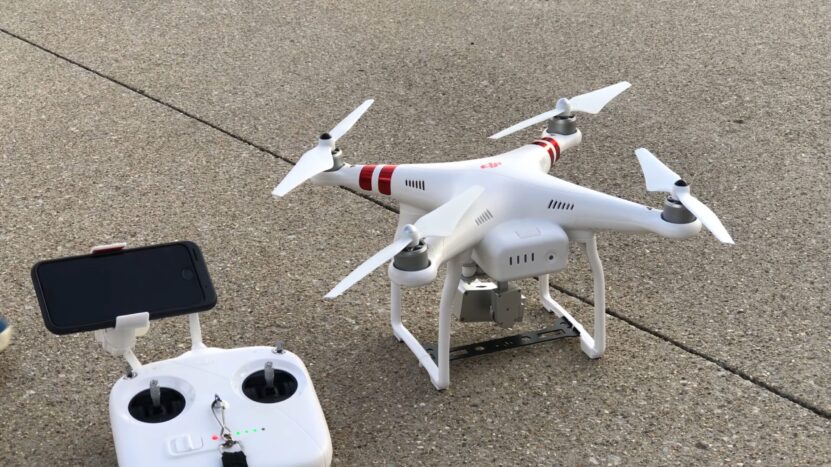
The rise in drone usage isn’t just a fad; there are genuine advantages to using these flying machines:
- Accessibility: Drones can easily access remote or hard-to-reach areas, making tasks like aerial surveys or inspections much easier.
- Cost-effectiveness: In many cases, using a drone can be cheaper than traditional methods. For instance, aerial photography using a drone is often more affordable than hiring a manned aircraft.
- Real-time Data Collection: Drones can transmit data in real-time, allowing for immediate analysis and decision-making.
- Safety: Drones can be used in hazardous environments, reducing the risk to human life.
Fun Fact: Drones are being used in wildlife conservation efforts to monitor and track endangered species without disturbing their natural habitat.
Challenges and Limitations
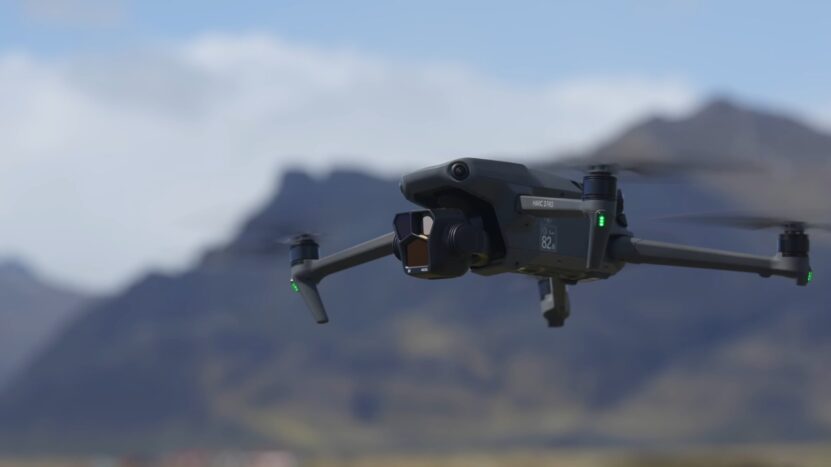
While drones offer numerous benefits, they aren’t without their challenges:
- Limited Flight Time: Most consumer drones can only fly for about 20-30 minutes on a single charge.
- Weather Vulnerability: Drones can be sensitive to weather conditions. Rain, strong winds, and cold temperatures can affect their performance.
- Regulatory Restrictions: Many countries have regulations governing where and when drones can be flown, often to ensure safety and privacy.
Pro Tip: Always check local regulations before flying your drone, especially in unfamiliar areas.
Recent Technological Advancements
The world of drones is evolving at a rapid pace, with new technological advancements emerging regularly. Here are some of the most notable recent developments:
Improved Battery Technology
One of the primary limitations has been their flight time. However, with advancements in battery technology, drones can now remain airborne for longer durations, making them more efficient for various tasks.
Integration of AI and Machine Learning
Modern drones are becoming smarter. With the integration of AI and machine learning, they can now perform tasks autonomously, recognize objects, and even make decisions based on the data they collect.
Enhanced Obstacle Detection and Collision Avoidance Systems
Safety is paramount when it comes to drones. Newer models are equipped with advanced sensors that can detect obstacles in their path and take necessary actions to avoid collisions.
Fun Fact: Some drones are now equipped with thermal cameras, allowing them to operate efficiently even in low-light conditions.
Applications
Drones have found applications in a myriad of sectors, and their potential is still being explored. Here are some of the most common applications:
Aerial Photography and Videography
This is perhaps their most popular use. From capturing breathtaking landscapes to filming movies, drones have revolutionized the world of photography and videography.
Agricultural Monitoring and Crop Analysis
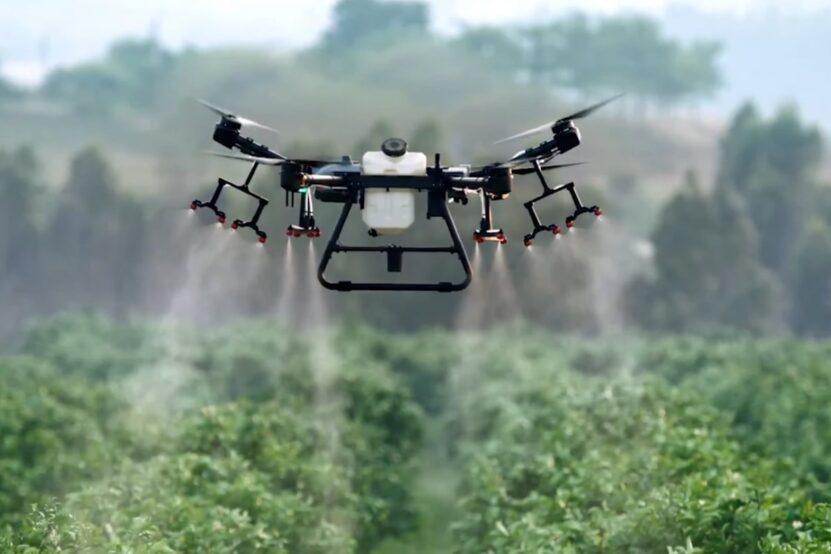
Farmers are using them to monitor their crops, assess the health of plants, and even spray pesticides. This not only saves time but also ensures precision in farming activities.
Search and Rescue Operations
In situations where time is of the essence, drones can be used to locate missing persons or assess the extent of natural disasters.
Infrastructure Inspection and Maintenance
Inspecting large structures like bridges, dams, and skyscrapers can be risky for humans. Drones can easily access these structures, capturing detailed images and data for analysis.
Pro Tip: If you’re using a drone for professional purposes, ensure you have the necessary permissions and adhere to local regulations.
Environmental Impact and Sustainability
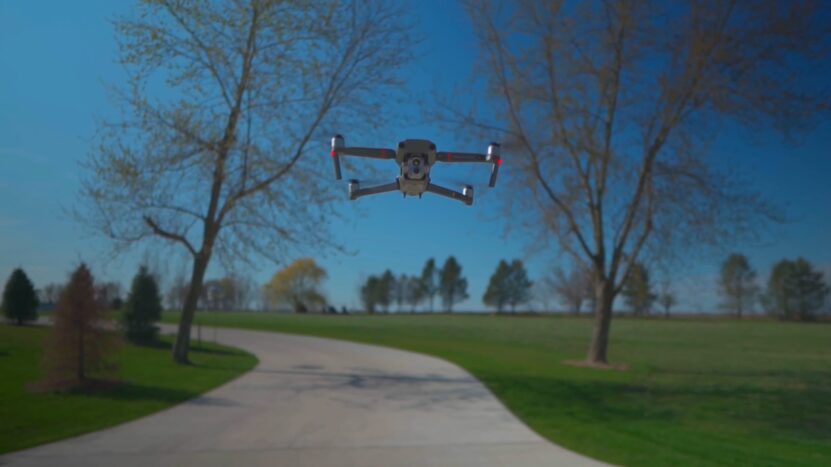
Drones are not just about capturing stunning visuals or performing tasks; they also play a crucial role in environmental conservation:
Carbon Footprint and Energy Consumption
While drones do consume energy, their carbon footprint is significantly lower than many traditional methods. For instance, using them for aerial surveys instead of a manned aircraft reduces CO2 emissions.
Environmental Research and Conservation
They are also being used to monitor wildlife, track illegal logging, and even replant trees in deforested areas. Their ability to access hard-to-reach places makes them invaluable tools for conservationists.
Addressing Climate Change
Drones are aiding scientists in understanding the impacts of climate change. They can monitor melting glaciers, rising sea levels, and other environmental changes with precision.
Fun Fact: Drones are being used in reforestation efforts. They can plant trees up to 10 times faster than manual methods and at a fraction of the cost.
Future Trends in Technology
The world of quadcopter drones is rapidly evolving. With technological advancements happening at an unprecedented rate, the future of these flying devices looks promising and exciting. Here’s a glimpse into what’s on the horizon.
Miniaturization and Increased Portability
As with most tech gadgets, drones are becoming smaller and more portable without compromising their functionality. This trend is not just for consumer-grade but also for professional and industrial. Miniaturization allows for more discreet operations, especially beneficial for wildlife monitoring where minimal disturbance is crucial.
Advancements in Battery Efficiency
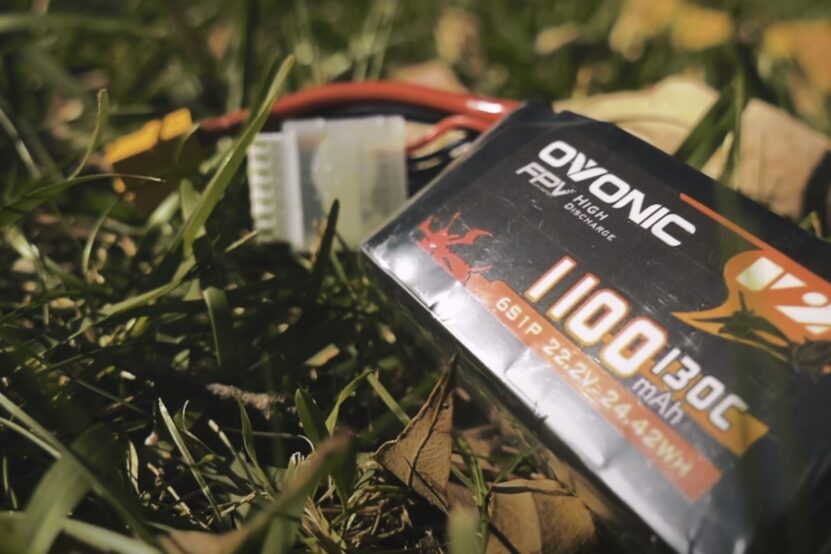
One of the significant limitations is their flight time, primarily determined by battery life. With advancements in battery technology, future drones will fly longer, making them even more versatile. This is especially crucial for tasks like long-duration surveillance or delivery services over extended distances.
Integration of 5G for Improved Communication
5G technology promises faster data transfer rates and more reliable connections. For drones, this means better real-time data transmission, improved remote control capabilities, and even the potential for more advanced swarm operations.
FAQ
What is the difference between a quadcopter and a drone?
A general term used for any unmanned aerial vehicle (UAV). A quadcopter is a specific type of drone that has four rotors positioned at the corners of a square or rectangle.
Are quadcopter drones difficult to fly for beginners?
Modern units are designed with beginners in mind. Features like auto-takeoff, auto-landing, and obstacle detection make them relatively easy for novices. However, it’s always recommended to start in an open space and possibly use beginner modes until one gets the hang of it.
How do quadcopter drones maintain stability in flight?
Quadcopters use gyroscopes and accelerometers to detect changes in orientation and position. The flight controller processes this data and adjusts the speed of individual motors to maintain stability and desired flight path.
What are the regulations for flying quadcopter drones?
Regulations vary by country and region. Common rules include not flying near airports, not flying above a certain altitude, keeping the unit within the line of sight, and not flying over crowds or private property without permission.
Can I attach my own camera to a quadcopter drone for photography?
Many come with built-in cameras, but some models allow users to attach their own. It’s essential to ensure the drone can handle the weight and size of the camera and that it doesn’t interfere with the operation.
What is the average cost range for a consumer quadcopter drone?
Consumer quadcopter drones can range from as low as $50 for basic models to over $1500 for high-end models with advanced features and high-quality cameras.
Conclusion
Quadcopter drones have truly transformed the way we view the world, offering perspectives that were once hard or impossible to achieve. Their applications span a vast range, from fun recreational activities to critical industrial tasks.
As technology continues to advance, the potential of these devices will only grow, promising a future where the sky is not the limit but just the beginning. As enthusiasts, professionals, or mere observers, it’s an exciting time to be part of this aerial revolution.
Always remember to fly responsibly and enjoy the boundless opportunities these flying marvels present.
